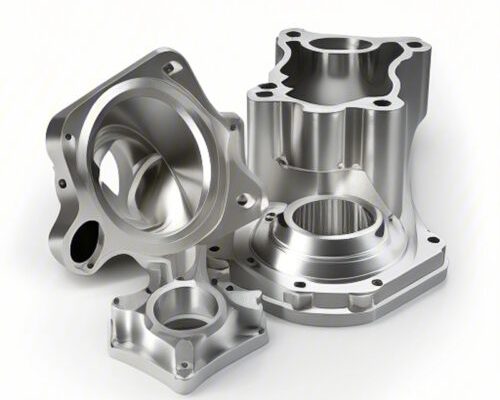7075 aluminum is a high-strength alloy known for its exceptional mechanical properties, making it a popular choice in industries such as aviation, automotive, and shipping for the manufacturing of structural components . However, despite its strength, 7075 aluminum has a lower corrosion resistance compared to some other aluminum alloys. This susceptibility to oxidation can be attributed to several factors:
1. Chemical Composition
The chemical composition of 7075 aluminum includes elements like zinc, which makes up a significant portion of the alloy, along with magnesium and copper. These elements can react with oxygen in the air, leading to the formation of oxide layers on the surface .
2. Machining Process Heat
CNC machining generates heat due to the friction between the cutting tool and the workpiece. This heat can accelerate the oxidation process, especially if the machined parts are not cooled adequately after the process .
3. Surface Integrity
The surface integrity after machining plays a crucial role in oxidation resistance. If the surface is left rough or has micro-scratches, it provides more sites for oxidation to occur .
4. Post-Machining Treatment
The post-machining treatment, or the lack thereof, can also contribute to oxidation. For instance, anodizing is a common treatment for aluminum that enhances its corrosion resistance, but if not done properly, it can lead to issues like black spotting or streaks, which may be mistaken for oxidation .
5. Environmental Exposure
The environment in which the parts are stored or used can also affect the oxidation rate. Exposure to moisture, humidity, or corrosive substances can accelerate the oxidation process .
Preventive Measures
To mitigate the oxidation of 7075 aluminum parts after CNC machining, consider the following strategies:
- Use of Appropriate Cutting Tools: Select cutting tools designed for aluminum to minimize heat generation and surface damage .
- Coolant and Lubrication: Employ appropriate coolants and lubricants to reduce heat and friction during machining .
- Post-Machining Cleaning: Thoroughly clean the parts after machining to remove any cutting fluid residue and swarf that could contribute to corrosion .
- Appropriate Finishing Treatments: Apply surface treatments like anodizing, painting, or sealing to provide a protective barrier against oxidation .
- Environmental Control: Store and use the machined parts in controlled environments that minimize exposure to moisture and corrosive elements .
- Material Quality: Ensure the quality of the aluminum material being used is high, with minimal impurities that could affect its corrosion resistance .
By understanding the factors that contribute to oxidation and taking appropriate preventive measures, you can significantly reduce the tendency of 7075 aluminum parts to oxidize after CNC machining.

